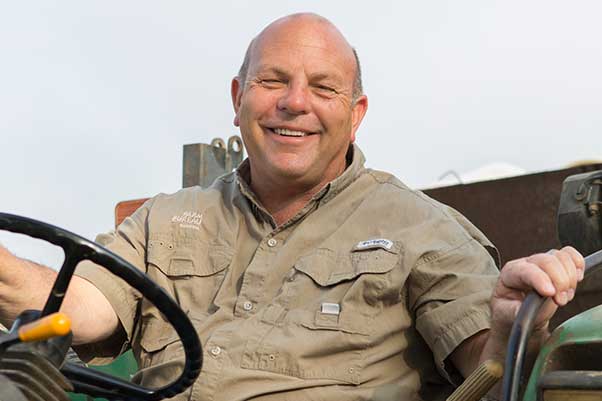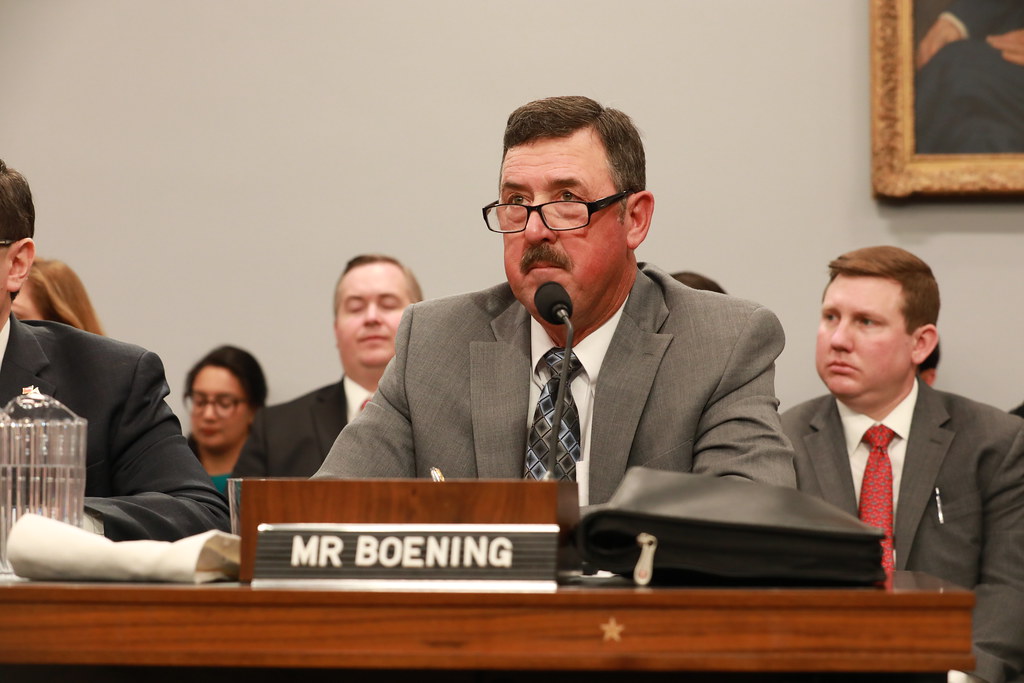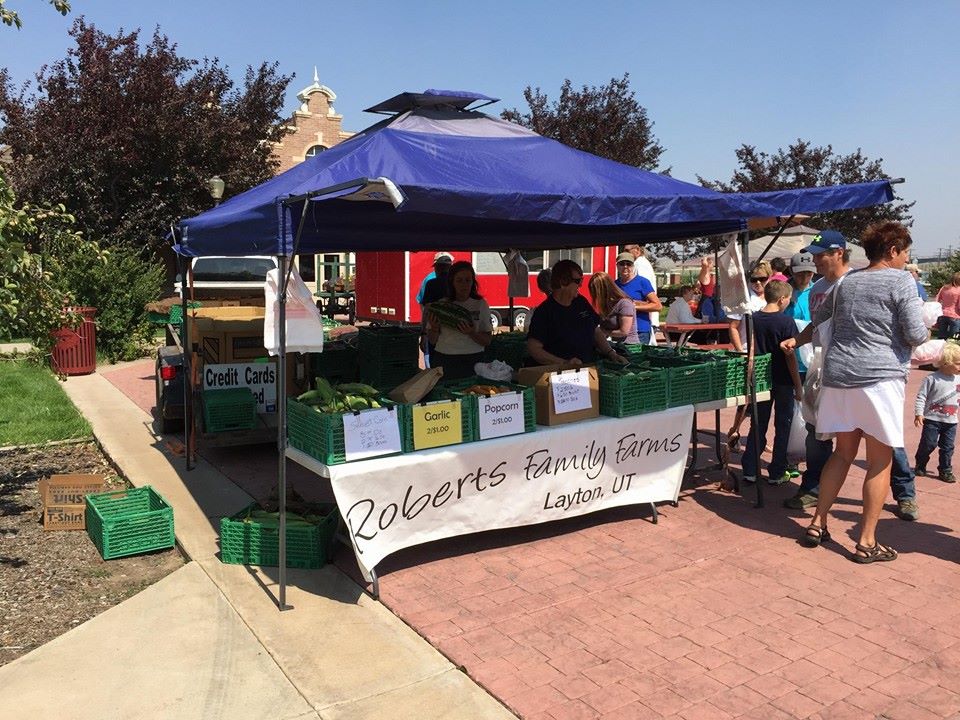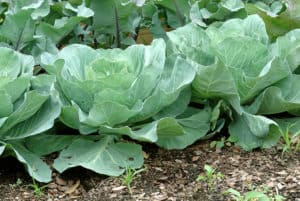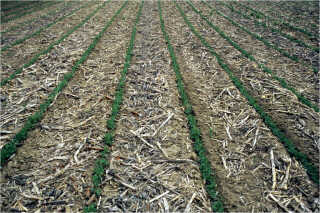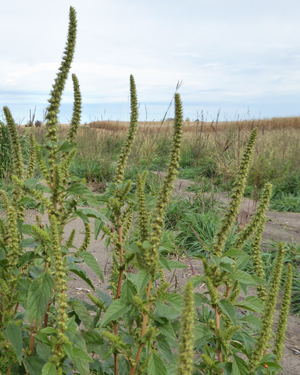Canadian agriculture has something big in common with U.S. producers this year.
In fact, Canada and the U.S. have more in common than just a border. The two countries are also sharing a lot of hot, dry weather. Shaun Haney of RealAg is an agricultural journalist and broadcaster in Canada who says the longtime trading partners are in the same boat.

“Absolutely yes,” he said on the phone from his office. “The drought of 2021 in Northern Ontario and the Western Canadian Prairies has been compared to the drought in 1988. This summer has been extremely hot and dry.
“It’s obviously hurt the crop conditions,” Haney added. “In some ways, it’s even more urgently impacted the grasslands and pastures, which is forcing producer discussions on the future of the Canadian cow herd after this fall, depending on what the level of cow cull will be.”
The drought isn’t just confined to 2021. As with many dry areas in the States, the drought stretches back to last fall. Haney noted that many Canadians were saying that “you don’t lose the crop in March.” However, they could have used moisture at that time, which they didn’t get.
“It was so dry that we’d used up a lot of our subsoil moisture last year,” he recalled. “We needed to replenish that moisture through the winter, and it didn’t happen. As we made our way into the growing season and the weeks passed, the rain just didn’t come.”
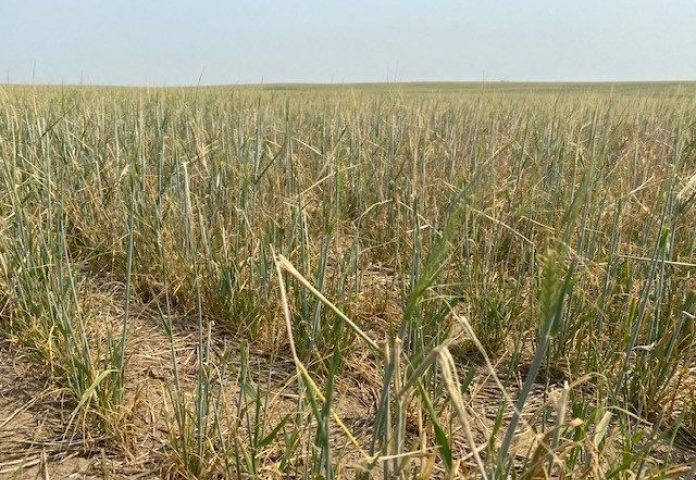
As the rain continued to hold off, the area listed on the Drought Monitor began to expand. Early in the year, the drought ran in a tight band along the U.S.-Canada border, especially in the Southern Prairies of Alberta, Saskatchewan, and Manitoba. At the same time, that drought also affected North Dakota and Montana early on in the U.S.
“As the weeks went by, the drought-impacted area continued to make its way further and further north,” Haney recalled. “It created a situation where the yields became more questionable on an increasing number of acres. The frustrating thing is some of those same fields started 2021 in great condition.”
The crops didn’t get the rain they needed for any consistent grain fill. Haney is located in Lethbridge, Alberta, and said a lot of the dryland in Canadian agriculture never had a chance. He described the 2021 Canadian growing season in one word: heartbreaking.
Crops hit by this year’s drought run the entire spectrum in Canada. Some crops handle adversity better than others, including chickpeas and lentils. However, Canadian farmers are especially concerned about the wheat and canola crops.
“I would say it’s even more so with canola,” Haney said. “From what I’ve heard, there are a lot of people harvesting some pretty light barley. But canola is the one where people are concerned they won’t have the yield. Canola is a fairly small seed, but it shouldn’t look like pepper.”
Canadian farmers do grow some soybean in Manitoba, where farmers may harvest bushels worth as little as $15. Producers also grow a little grain corn in Manitoba, as well as some in southern Alberta, that’s fed to livestock. Almost all of that corn is irrigated.
“There are some irrigated sugar beets in Alberta that are looking good as well,” he adds. “However, the list of struggling dryland crops is a long one.”
Haney says the one possible saving grace is good commodity prices. If prices were low during a drought like this, that would be the mother of all discouraging situations. He notes that if canola is around 20 dollars and you have ten bushels in the field, that’s 200 dollars an acre.
“It’s not a moneymaker on dry land, but it’s a lot better than a market with nine dollars,” he added. “This boils down to Mother Nature not cooperating with us, and it’s one of the variables that are out of our control.
“I can’t even imagine what it would have been like going through a drought like this in the 1930s and ‘40s when we weren’t in a minimum-till situation,” Haney said. “Thankfully, most of our fields are minimum or zero-tillage, which helps to conserve as much moisture as possible. It’s a good reminder of why we change our practices in Canadian agriculture out here on the prairies.”
Find out more about Shaun Haney and everything going on in Canadian agriculture at https://www.realagriculture.com.

